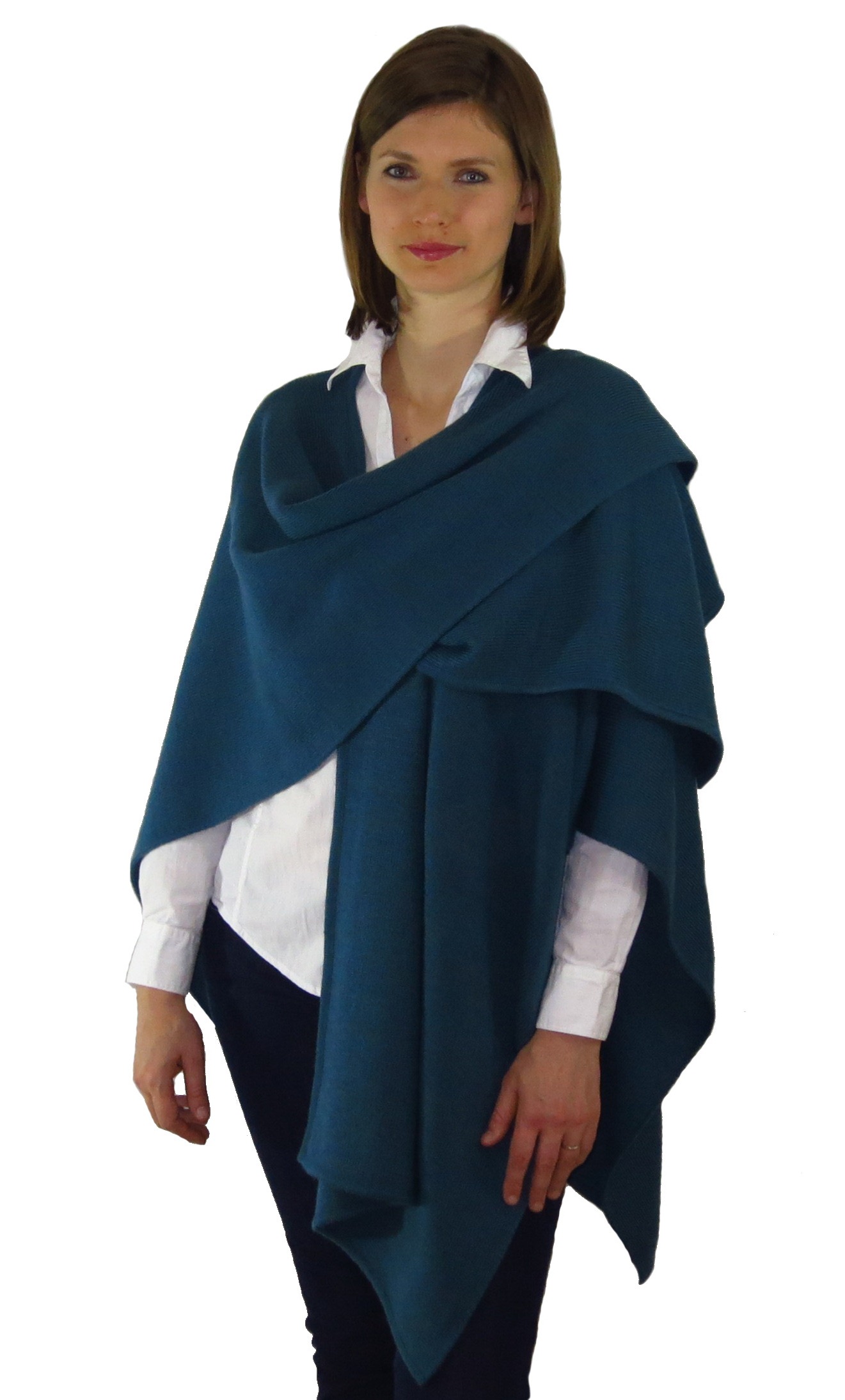


|
 |
||||||||||||
|
|
|||||||||||||
|
|
|
|
THE ECOLOGICALLY FRIENDLY ALPACA Alpacas are camelids, aristocratic little cousins of the llama and the camel. Native to Peru, they have thrived at the top of the misty and mystic Andes for a millennia. Alpacas can be found roaming wild through the ruins of Machu Picchu and as tamed ranch animals. THE LITTLE GREEN CAMELID THAT COULD. 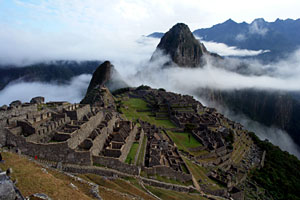 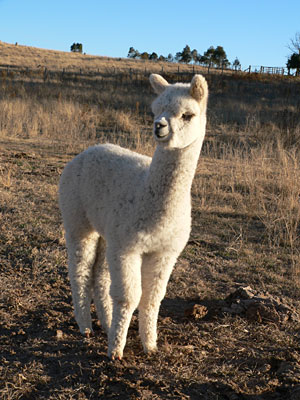 They are amazingly 'green' little critters, as well. In a time when cashmere goat herds in China reportedly are ruining hundreds of thousand of acres of farm land by digging up the top soil with their sharp hooves, creating enormous dust storms carried around the world, Alpacas leave a considerably smaller ecological footprint, so to speak. The Alpaca has soft hooves, like a camel, and they don't dig and damage the earth. Alpacas also don't need much water to drink, like their cousins, and, they are living compost makers. Alpacas prefer to eat what other animals won't touch...dried brush and dead twigs, for example...and out the other end comes a neat little pile of astonishingly rich and agriculturally productive fertilizer. In sum, Alpacas don't add to the world's increasingly dire competition for water or edible food sources. 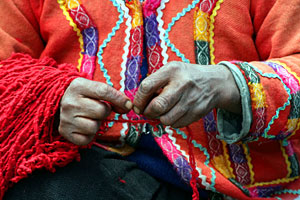
Raising Alpacas and shearing them for their fiber has been a source of income for Andean families since before the Incas ruled their world. An amazingly resilient animal, alpacas are hardy and adaptable. In addition, they have 22 natural colors, more than any other livestock. There are two types of Alpacas: Suri and Huacaya. A young female can breed at around 15 months or 110 pounds. A female Alpaca bears only one offspring a year after an 11- to 12-month gestation period. The offspring are called cria. A cria weighs around 18 pounds and begins walking within one hour of birth. A cria receives milk from its mother for 6 to 8 months. 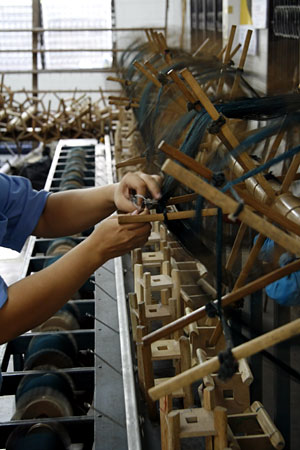 Baby Alpacas are prized for their cashmere-like fleece, which was once reserved for royalty. The first shearings of crias create the softest, lightest, most exquisite natural fiber in the world. From time immemorial the women of Peru have spun this incredible fiber into yarns and woven it into cloth. Today, their descendants use thoroughly modern methods to accomplish the same thing, yielding the most fabulous natural-fiber yarns and materials for export all around the world. The final result is our Baby Alpaca & Silk knits created, just as they have been for so many generations, by the artisan women of Peru.  |
|
|
|
|

| Site Map |
